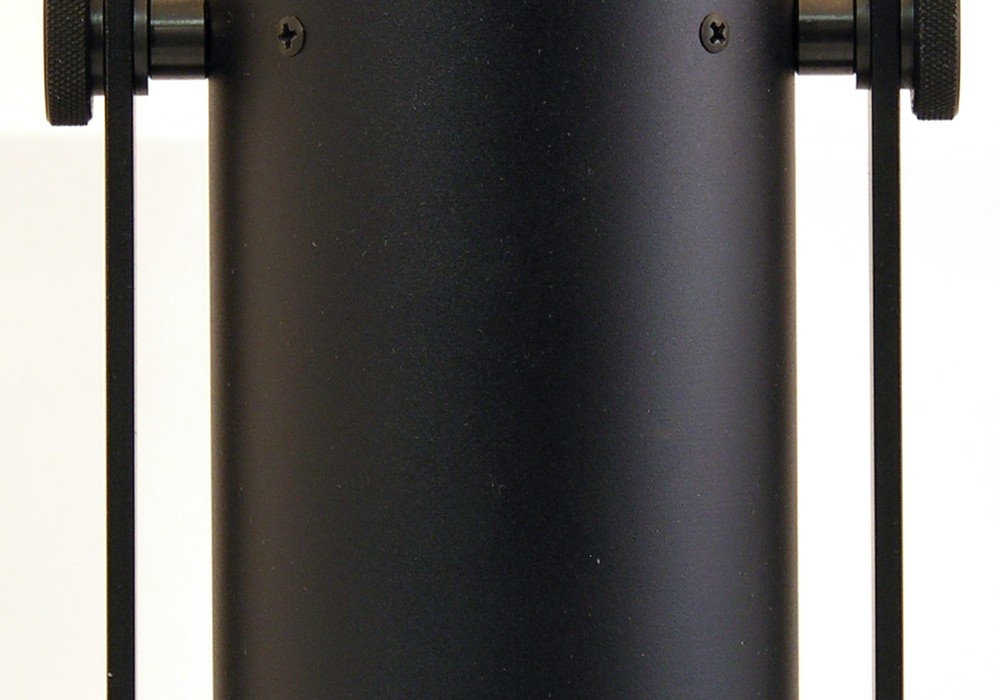A reliable measurement mic is something every engineer should have. However, high-end, certified models can be expensive. But can't you just buy a cheap measurement mic off the shelf from the likes of Behringer and Dayton Audio? Sure, but a little research reveals that even "measurement- grade" microphones are not perfectly flat. Fortunately, today's acoustic-analysis software can correct for imperfect performance of the measurement mic, as long as the deviations in the response of your individual mic are known. That's where Cross·Spectrum Labs comes in. They sell low- cost measurement mics, and each mic is individually tested and calibration files for that individual mic are provided.
We purchased a Dayton Audio EMM-6 from Cross·Spectrum and put it through its paces on several tests. The stock EMM-6 mic comes with a calibration curve from the manufacturer that's custom-produced for each mic. You can download an individualized TXT file from Dayton Audio's website after inputting the mic's serial number. But Cross·Spectrum's calibration data is better.
Cross·Spectrum tests each mic against an ANSI-certified reference mic, and a printed report with color plots is included with each package. While the calibration curves provided by most manufacturers are limited to a range of 20 Hz-20 kHz, the Cross·Spectrum tests run from 5 Hz-25 kHz. The Basic Plus package includes frequency response curves at 0°, 45°, and 90° angles of incidence. The Premium Plus package also includes polar response, sensitivity, and noise floor. In addition to printouts, a USB thumb drive is included. On it are the frequency-response FRD files and polar-response Excel and CSV files. The FRD files are critical, because these are what you load into many measurement applications to correct for your specific microphone.
In use, the Cross·Spectrum calibrated EMM-6 was easy to set up. After loading the FRD file into Room EQ Wizard (a very popular donation-ware program available at hometheatershack.com), I was running sweeps in no time. The results were more accurate than the same sweeps done with a competing mic that came with no correction data, and the Cross·Spectrum package cost me $100 less.
I recommend one of these kits for anyone who edits, mixes, or masters audio. You really need to objectively evaluate your room, and one of the best ways to do so is to measure your room with a calibrated mic. The good news is that a calibrated mic from Cross·Spectrum doesn't cost a mint.





_disp_horizontal_bw.jpg)